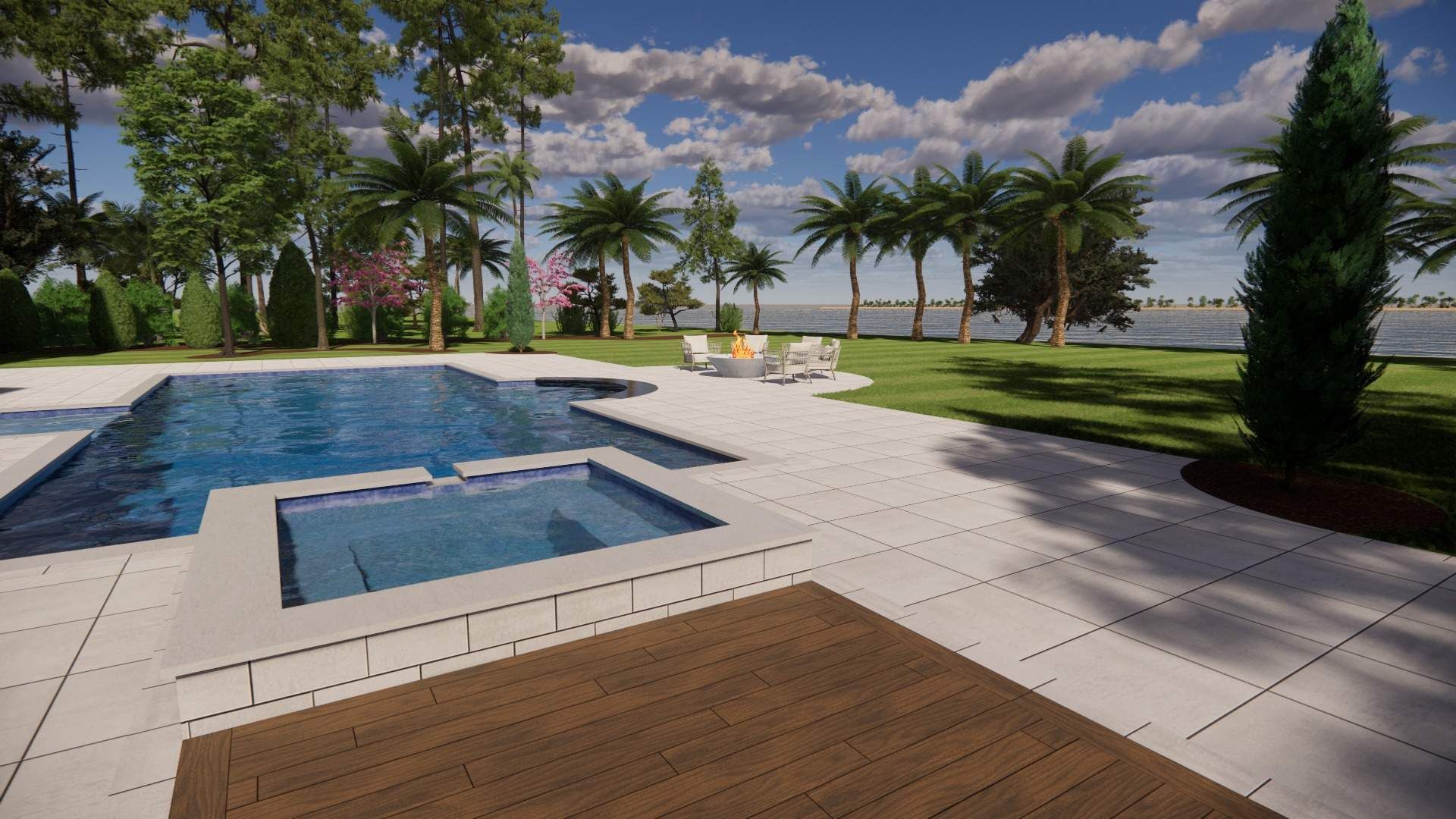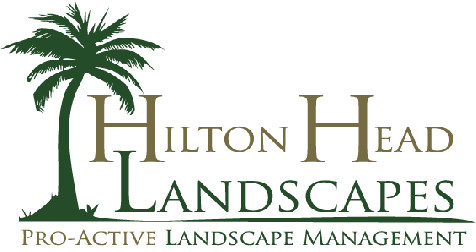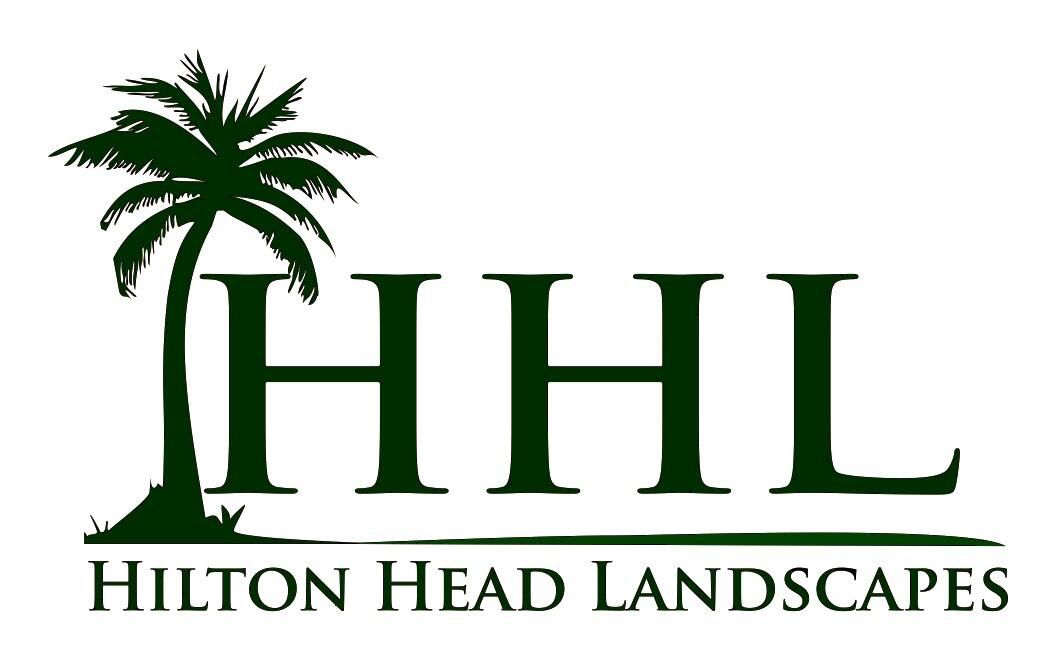Low-Maintenance Yard Designs for Hilton Head Island

Creating a low-maintenance yard design is the perfect solution for Hilton Head Island homeowners who want to enjoy their outdoor spaces without spending all their free time on upkeep. By implementing smart landscaping strategies and choosing the right plants, you can have a beautiful yard that requires minimal effort to maintain.
Key Takeaways
- Native plants are ideal for low-maintenance yards on Hilton Head Island
- Hardscaping elements reduce the need for constant lawn care
- Proper irrigation systems save time and water
- Mulching helps control weeds and retain soil moisture
- Choosing the right grass variety can significantly reduce maintenance needs
- Incorporating drought-tolerant plants decreases watering requirements
The Benefits of Low-Maintenance Yard Design
Low-maintenance yard designs offer numerous advantages for Hilton Head Island residents. These designs not only save time and effort but also conserve water and reduce the need for chemical treatments. By creating a yard that requires less upkeep, you'll have more time to enjoy the island's beautiful beaches and outdoor activities.
Choosing Native Plants for Easy Care
One of the best ways to create a low-maintenance yard on Hilton Head Island is to use native plants. These species are naturally adapted to the local climate and soil conditions, making them more resistant to pests and diseases. They also require less water and fertilizer than non-native plants.
Popular Native Plants for Hilton Head Island
Some excellent native plant options for your low-maintenance yard include:
- Palmetto trees
- Sea oats
- Yaupon holly
- Muhly grass
- Blanket flower
These plants not only thrive in the local environment but also add beauty and character to your landscape.
Incorporating Hardscaping Elements
Hardscaping is an essential component of low-maintenance yard design. By replacing some of your lawn with hardscaped areas, you can reduce the amount of grass that needs mowing and watering. Popular hardscaping options for Hilton Head Island include:
Patios and Decks
Adding a patio or deck to your yard creates an outdoor living space that requires little maintenance. These areas are perfect for entertaining or relaxing and can be customized to fit your style and budget.
Gravel Paths and Walkways
Gravel paths and walkways are low-maintenance alternatives to traditional paved surfaces. They allow for proper drainage and require minimal upkeep beyond occasional raking.
Retaining Walls
Retaining walls can help manage slopes in your yard, reducing erosion and creating attractive planting areas. They also add visual interest to your landscape while requiring little maintenance.
Smart Irrigation Strategies
Proper irrigation is key to maintaining a healthy yard with minimal effort. Installing a smart irrigation system can help you save time and water while keeping your plants healthy.
Drip Irrigation
Drip irrigation systems deliver water directly to plant roots, reducing water waste and minimizing weed growth. This method is especially effective for garden beds and container plants.
Rain Sensors
Adding rain sensors to your irrigation system ensures that your yard isn't watered unnecessarily during rainy periods. This not only saves water but also prevents overwatering, which can lead to plant diseases.
The Importance of Mulching
Mulching is a simple yet effective way to reduce maintenance in your yard. A layer of mulch helps suppress weed growth, retain soil moisture, and regulate soil temperature. On Hilton Head Island, pine straw is a popular and readily available mulch option that complements the natural landscape.
Choosing the Right Grass for Your Lawn
Selecting the appropriate grass variety for your Hilton Head Island lawn can significantly reduce maintenance needs. Warm-season grasses that thrive in the local climate include:
Zoysia Grass
Zoysia grass is known for its drought tolerance and ability to withstand heavy foot traffic. It requires less frequent mowing than some other grass types.
Centipede Grass
Centipede grass is a low-growing, slow-spreading grass that requires minimal fertilization and infrequent mowing. It's well-suited to the sandy soils of Hilton Head Island.
Drought-Tolerant Plants for Water Conservation
Incorporating drought-tolerant plants into your landscape design can help reduce water usage and maintenance requirements. Some excellent options for Hilton Head Island include:
- Agave
- Sedum
- Lantana
- Rosemary
- Lavender
These plants not only survive with minimal watering but also add texture and color to your yard.
Creating a Low-Maintenance Container Garden

Container gardens are an excellent option for adding greenery to your yard without increasing maintenance needs. Choose large containers with good drainage and fill them with drought-tolerant plants or succulents. Group containers together to create a cohesive look and make watering easier.
Implementing a Rain Garden
A rain garden is a landscaped area designed to collect and filter rainwater runoff. By incorporating native plants that thrive in wet conditions, you can create an attractive, low-maintenance feature that also helps manage stormwater on your property.
The Role of Proper Planning in Low-Maintenance Design
Careful planning is essential when creating a low-maintenance yard. Consider factors such as sun exposure, drainage, and traffic patterns when designing your landscape. Group plants with similar water and sunlight need to be combined to simplify care and maintenance.
Utilizing Groundcovers for Weed Control
Groundcovers are an excellent alternative to traditional lawns in areas where grass is difficult to maintain. They help suppress weed growth and require little maintenance once established. Some suitable groundcovers for Hilton Head Island include:
- Creeping juniper
- Asiatic jasmine
- Perennial peanut
Incorporating Ornamental Grasses
Ornamental grasses are low-maintenance plants that add texture and movement to your landscape. They require minimal watering and pruning, making them ideal for a low-maintenance yard design. Some ornamental grasses that thrive on Hilton Head Island include:
- Pampas grass
- Fountain grass
- Switchgrass
The Benefits of Xeriscaping
Xeriscaping is a landscaping approach that focuses on water conservation and low maintenance. By incorporating principles of xeriscaping into your yard design, you can create an attractive landscape that requires minimal upkeep and water use.
Using Natural Stone in Your Landscape
Incorporating natural stone elements into your yard design can add visual interest while reducing maintenance needs. Stone features such as rock gardens or dry creek beds require little upkeep and can help manage drainage issues.
Maintaining a Healthy Soil Ecosystem
Healthy soil is the foundation of a low-maintenance yard. Regularly adding organic matter to your soil and avoiding chemical pesticides and fertilizers can help create a thriving ecosystem that supports plant health naturally.
Implementing Vertical Gardening Techniques

Vertical gardening is an excellent way to add greenery to your yard without taking up valuable ground space. Use trellises, wall-mounted planters, or hanging baskets to grow plants vertically, reducing the need for weeding and ground-level maintenance.
The Importance of Regular Pruning
While low-maintenance yards require less frequent care, regular pruning is still essential to keep plants healthy and under control. Establish a pruning schedule for your trees and shrubs to maintain their shape and prevent overgrowth.
Creating Wildlife-Friendly Spaces
Designing your yard to attract local wildlife can reduce maintenance needs. By providing food and habitat for birds, butterflies, and beneficial insects, you can create a natural pest control system that reduces the need for chemical interventions.
Utilizing Permeable Paving Options
Permeable paving materials, such as porous concrete or interlocking pavers, allow water to seep through to the soil below. This reduces runoff and helps maintain soil moisture, potentially decreasing the need for supplemental watering.
Implementing a Composting System
A home composting system can provide a steady supply of nutrient-rich organic matter for your plants, reducing the need for chemical fertilizers. Composting also helps reduce yard waste and improves soil health over time.
The Role of Seasonal Maintenance in Low-Maintenance Yards
Even low-maintenance yards require some seasonal care. Develop a simple maintenance schedule that includes tasks like fall leaf removal, spring pruning, and periodic mulch replenishment to keep your yard looking its best year-round.
Incorporating Shade Trees for Natural Cooling
Strategically placed shade trees can help reduce energy costs and create cooler outdoor spaces. Choose native species that are well-adapted to Hilton Head Island's climate for the lowest maintenance requirements.
Using Technology for Efficient Yard Maintenance
Smart home technology can play a role in maintaining a low-maintenance yard. Consider installing smart irrigation controllers, robotic lawnmowers, or automated lighting systems to reduce the time and effort required for yard upkeep.
The Benefits of Professional Landscape Design
While DIY landscaping can be rewarding, consulting with a professional landscape designer can help ensure that your low-maintenance yard is both beautiful and functional. A professional can provide valuable insights into plant selection, drainage solutions, and efficient irrigation design.
- Regular maintenance tasks for a low-maintenance Hilton Head Island yard:
- Mow lawn as needed (typically every 1-2 weeks during the growing season)
- Water deeply but infrequently (1-2 times per week, depending on rainfall)
- Prune shrubs and trees annually or as needed
- Replenish mulch in garden beds once a year
- Inspect irrigation system monthly during use
- Remove fallen leaves and debris seasonally
- Apply organic fertilizer to lawns and plants once or twice a year
- Monitor for pests and diseases, addressing issues promptly
Here are data-driven facts about effective low-maintenance yard designs:
- Using drought-resistant plants is an effective strategy for low-maintenance yards. According to the American Water Works Association, over 30% of residential water use goes toward landscaping (source). By choosing plants that require less water, homeowners can significantly reduce their water usage and the time spent on yard maintenance.
- Installing mulch or gravel instead of grass can also help reduce yard maintenance. The Environmental Protection Agency reports that lawns require a significant amount of resources, including water, fertilizers, and pesticides (source). Replacing grass with mulch or gravel not only reduces water usage but also eliminates the need for mowing and fertilizing.
- Incorporating edible plants into the yard design is another low-maintenance strategy. According to the National Gardening Association, vegetable gardening is on the rise, with 35% of U.S. households growing their own fruits and vegetables (source). Edible plants not only provide food but also add visual interest to the yard and require less maintenance than traditional ornamental plants.
- Designing the yard with hardscapes, such as patios and walkways, can also reduce maintenance. The National Concrete Masonry Association reports that concrete pavers require minimal maintenance and can last up to 50 years (source). By incorporating hardscapes into the yard design, homeowners can reduce the amount of grass and other high-maintenance elements.
By implementing these low-maintenance yard design strategies, Hilton Head Island homeowners can create beautiful, sustainable landscapes that require minimal upkeep. This allows more time to enjoy the island's natural beauty and outdoor lifestyle while still maintaining an attractive and functional yard. For more information, you can visit our website or contact us.



